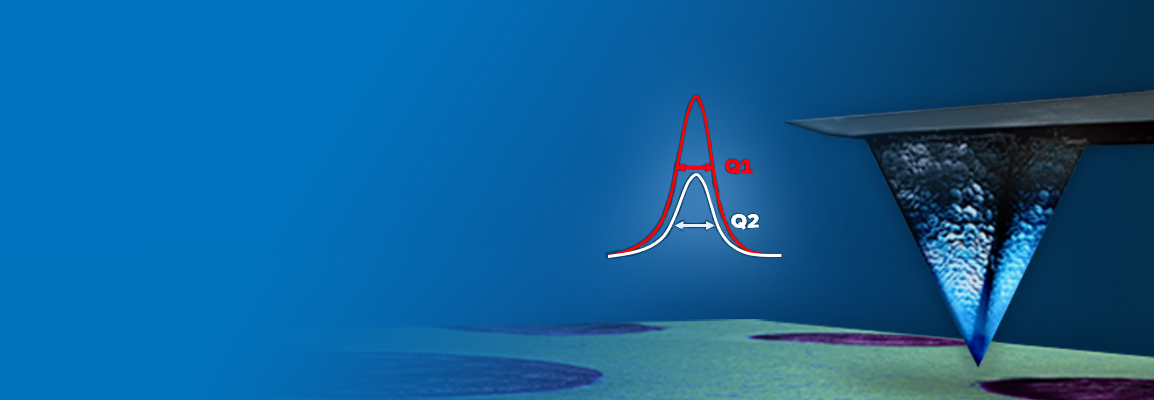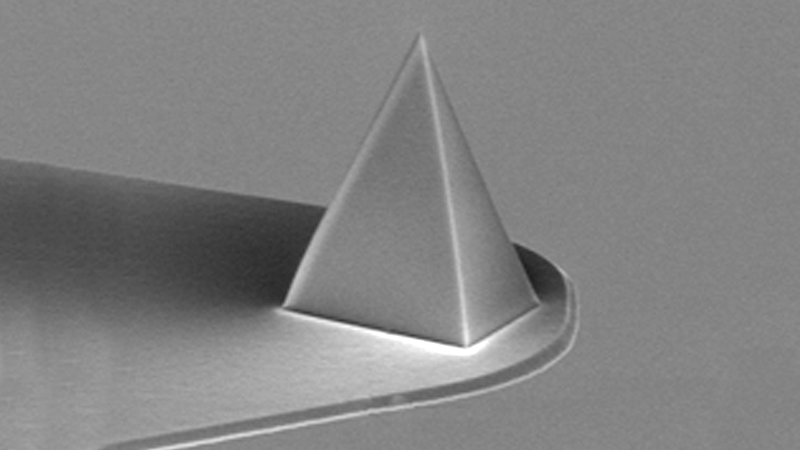

The Fundamentals of AFM Probe Selection [2023]
Get clear, comprehensive answers to your probe selection questions.
This webinar is a great practical guide for AFM probe selection. In it, our AFM experts provide detailed answers to the most common AFM probe selection and usage questions and explain the reasons behind their top probe recommendations. Topics covered include:
- The functional and experimental considerations for selecting a probe;
- Recommended probes for different materials science and bio research applications; and
- Choices of samples, calibration grids, standards, and other accessories.
Webinar Summary
Atomic force microscopy (AFM) is an incredibly versatile tool for nanoscale surface evaluation and manipulation. AFM users will know however, that your results are only as good as your AFM probe. In this webinar, Bruker’s AFM experts explain the elements of a “good” probe (hint: it’s application-dependent!) and give guiding advice for selecting an effective probe.
Ian Armstrong, Ph.D. (Bruker Senior Manager of AFM Probes) begins the webinar with a brief overview of how probes are made. He also explains what sets Bruker probes apart and how to find and purchase probes at www.brukerafmprobes.com.
John Thornton, Ph.D. (Bruker Senior Applications Scientist) then addresses the all-important question—How to select a probe? He introduces several parameters of interest:
- Stiffness
- Spring constant
- Resonant frequency
- Quality factor
Choosing the right probe relies, in part, on balancing these parameters while considering the needs of your application and the AFM mode used.
Throughout the rest of the webinar, Drs. Armstrong and Thornton focus on specific applications and specialized measurement requirements.
Probe Suggestions
If you need some extra guidance beyond this webinar, you can always use your Bruker AFM software to get a probe suggestion!
Materials Science: Dr. Thornton reviews common materials science applications and recommends specific probes for optimal performance. For applications ranging from standard topographical imaging to high-speed measurements and nanoelectrical characterization, you can find recommendations for the best probes to try.
Biological Sciences: Dr. Armstrong reviews common biological applications and recommends specific probes for optimal performance. For applications ranging from cell imaging to high-speed measurements and mechanical property mapping on soft materials, you can find recommendations for the best probes to try.
Find out more about the technology featured in this webinar or get personalized probe selection recommendations from our experts:
Presentation Details
| Presentation Lenght | Presentation Title | Presenter | Presentation Highlights |
| 17 min | How to select a Probe | Dr. John Thorton |
|
| 22 min | Recommended Probes for Material Science Applications | Dr. John Thorton |
|
| 5 Min | Samples, Calibration Grids, Standards, and Accessories | Dr. Ian Armstrong | - |
| 13 min | Recommended Probes for Bio Applications | Dr. Ian Armstrong |
|
Featured Products and Technology
Speakers
Ian Armstrong, Ph.D., Senior Manager AFM Probes, Bruker
Ian Armstrong has worked at Bruker for over 16 years in various roles from applications to product management. He is currently senior manager of Bruker's AFM probes business unit.
John Thornton,
Senior Application Scientist, BrukerJohn Thornton is a Senior Applications Engineer at Bruker Nano Surfaces with 25+ years of experience in the field of Atomic Force Microscopy (AFM). He learned AFM at North Carolina State University in the 1990s, and then joined Digital Instruments, a pioneering company in early AFM development, and continued with the company through acquisitions by Veeco Instruments, and then Bruker. John has co-authored many scientific publications and developed scanning probe microscopy training courses. Currently, John spends a significant amount of time running AFMs and educating others on techniques. He currently works from his home in Virginia, and from the Bruker AFM applications lab in Billerica, MA.


